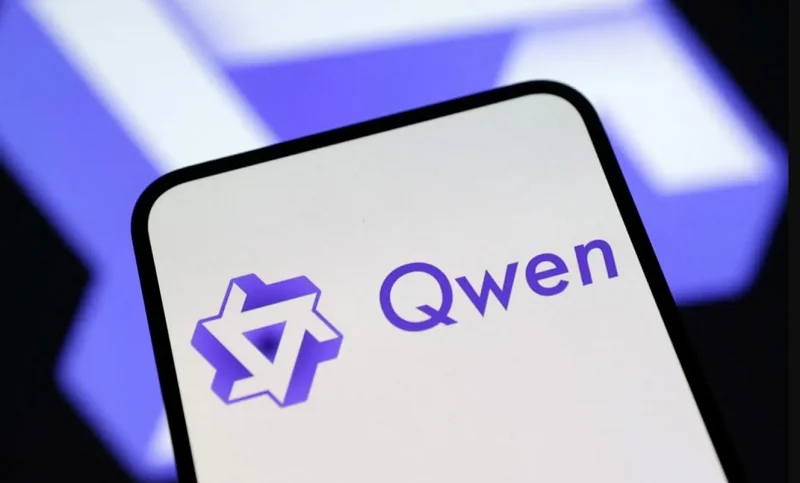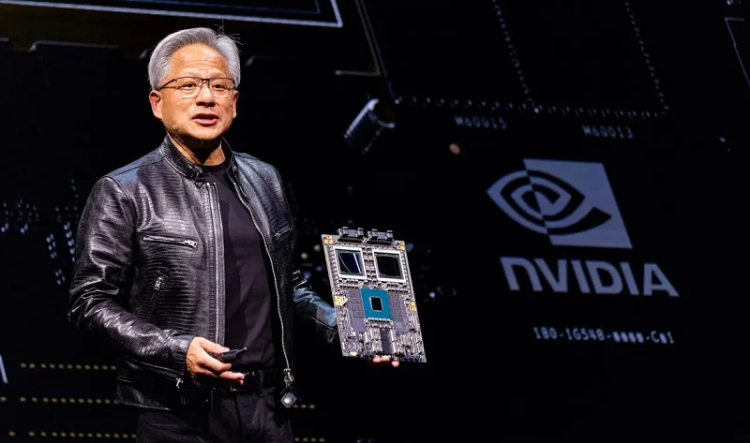Samsung's new mobile chip was designed using AI
The new chip for Samsung is designed using AI tools . Synopsys software increased peak frequencies by 300 MHz and reduced dynamic power consumption by 10%.

Samsung recently unveiled a new mobile system on chip (SoC) built using a 3nm through-hole transistor process. It is noteworthy that AI electronics design automation tools from Synopsys were used in the development of this chip.
Synopsys.ai Toolkit
Synopsys.ai's AI-powered software plays a key role in optimizing system-on-chip (SoC) design. Using machine learning algorithms, it automates a range of complex and time-consuming operations - from the initial architectural design phase to the final physical implementation and verification of the chip. This significantly speeds up the development process, which traditionally requires intensive engineering work.

The development of Samsung's new 3nm chip used three main tools from the Synopsys.ai toolkit:
- DSO.ai for chip design;
- VSO.ai for functional testing;
- TSO.ai for silicon testing.
Powered by deep learning and analyzing vast data sets, these tools allowed the Samsung team to optimize and speed up the creation of the new chip, significantly increasing the efficiency of the entire development process.
Benefits of Samsung's new 3nm SoC
In Samsung's new mobile processor, AI plays a key role in controlling core system functions, resulting in superior performance and power consumption. Featuring AI-powered technologies such as design separation, multi-source synchronization and wired display, Samsung's 3nm SoC features:
- increasing the maximum processor frequency by 300 MHz;
- reduction in energy consumption by 10%.
Synopsys emphasizes that its Fusion compilation software solution has saved developers many weeks of manual work. This clearly illustrates how effective AI tools are in the development process of modern chips.
Share
What's Your Reaction?
 Like
0
Like
0
 Dislike
0
Dislike
0
 Love
0
Love
0
 Funny
0
Funny
0
 Angry
0
Angry
0
 Sad
0
Sad
0
 Wow
0
Wow
0





![Transfer/ Postings Senior Superintendent Police Hyderabad [Notifications]](https://pakweb.pro/uploads/images/202402/image_100x75_65d7bb0f85d5f.jpg)
![Amazing Text Animation Effect In CSS - [CODE]](https://pakweb.pro/uploads/images/202402/image_100x75_65d79dabc193a.jpg)






